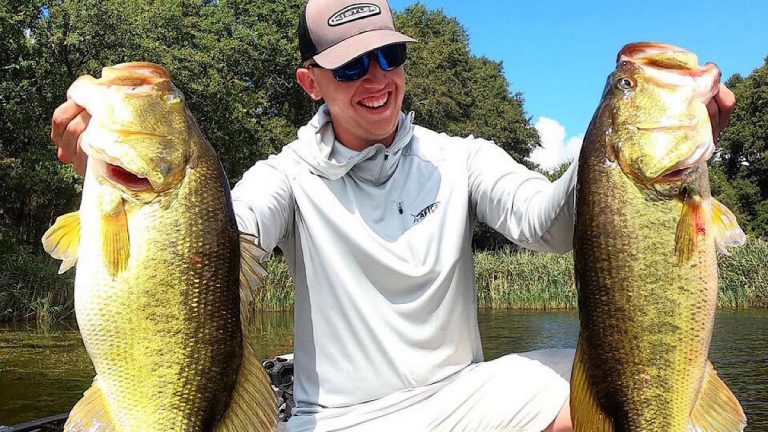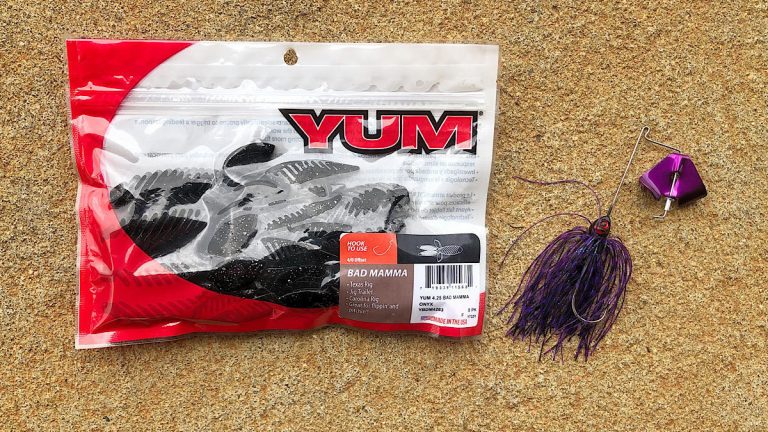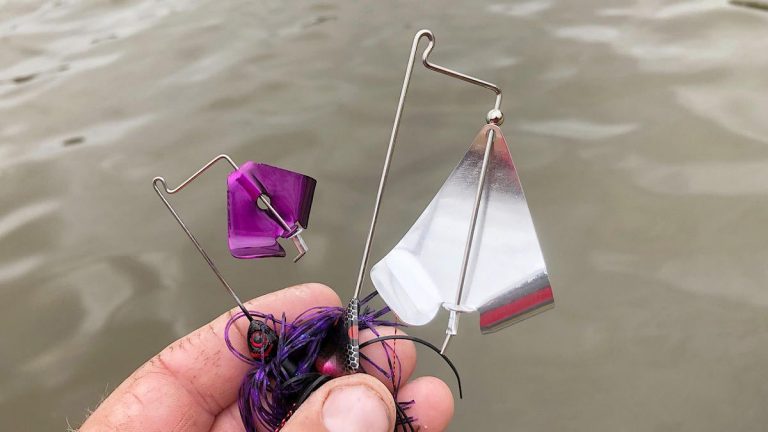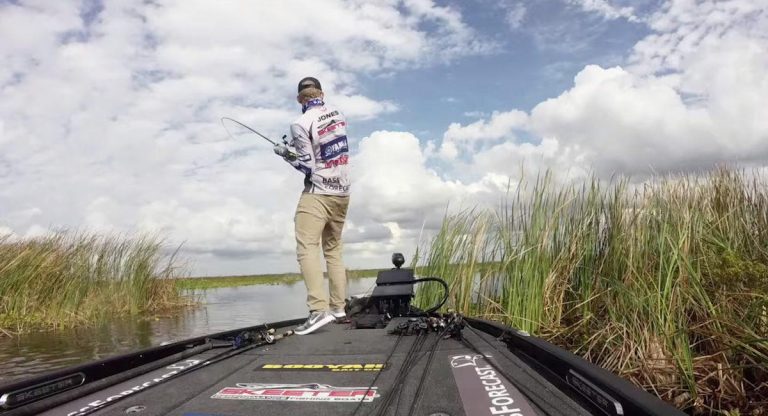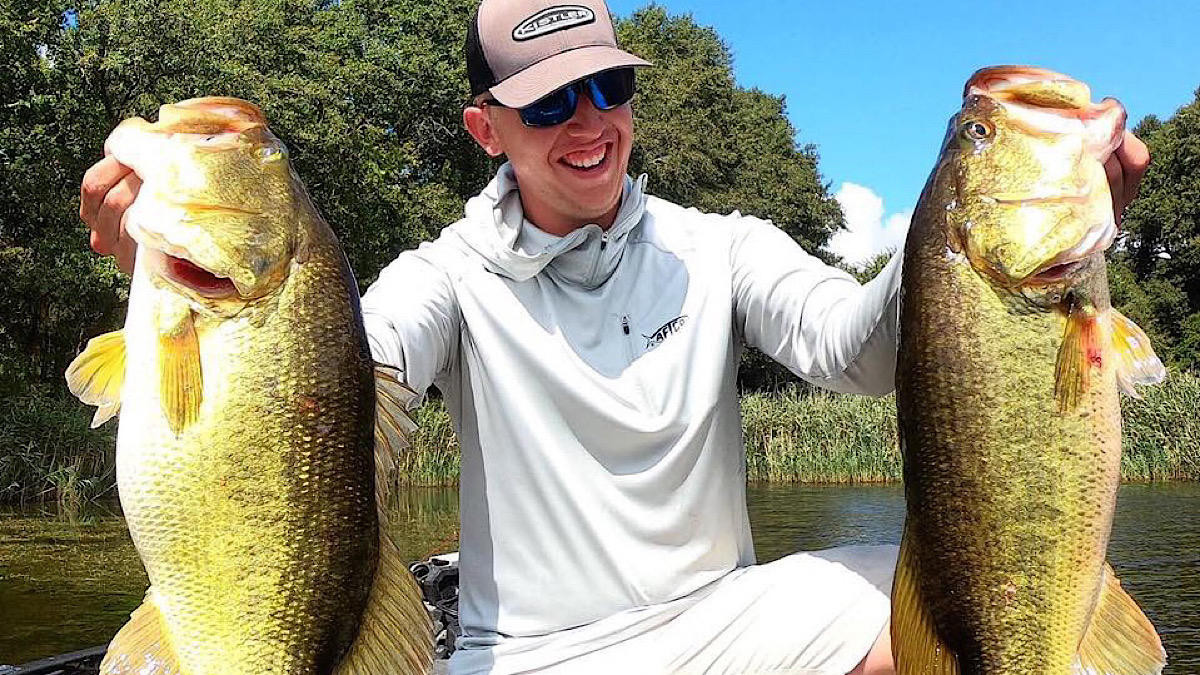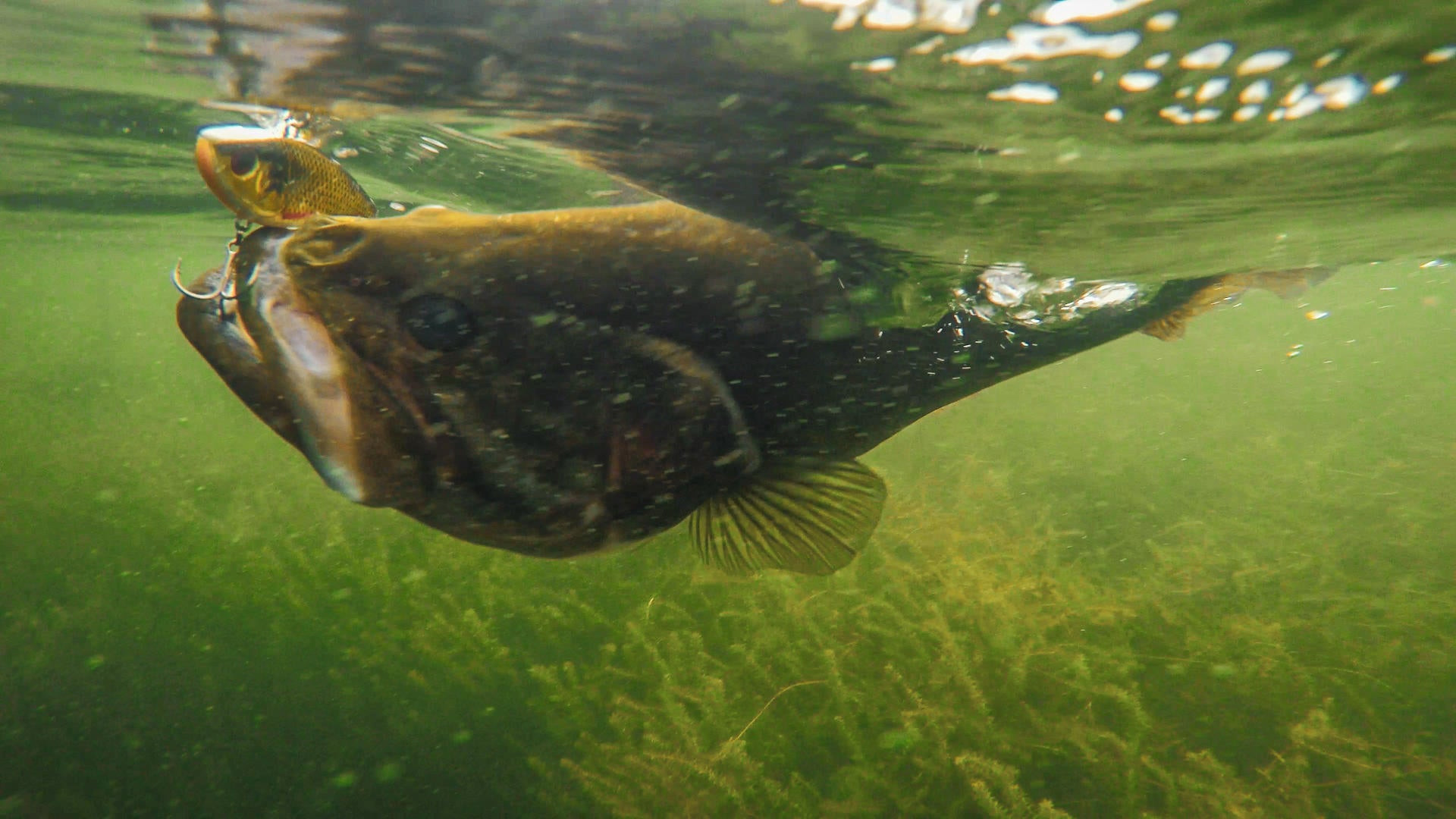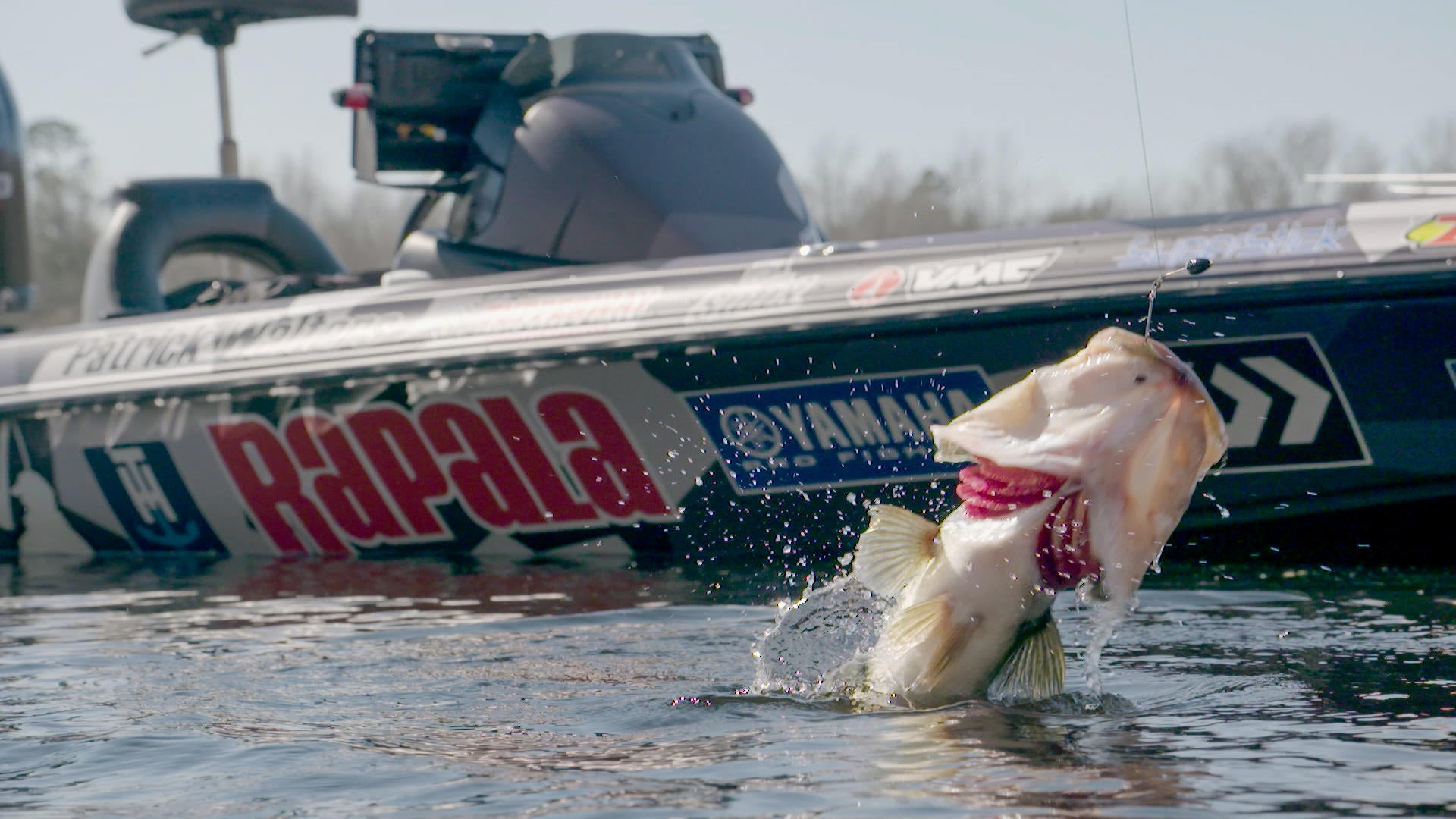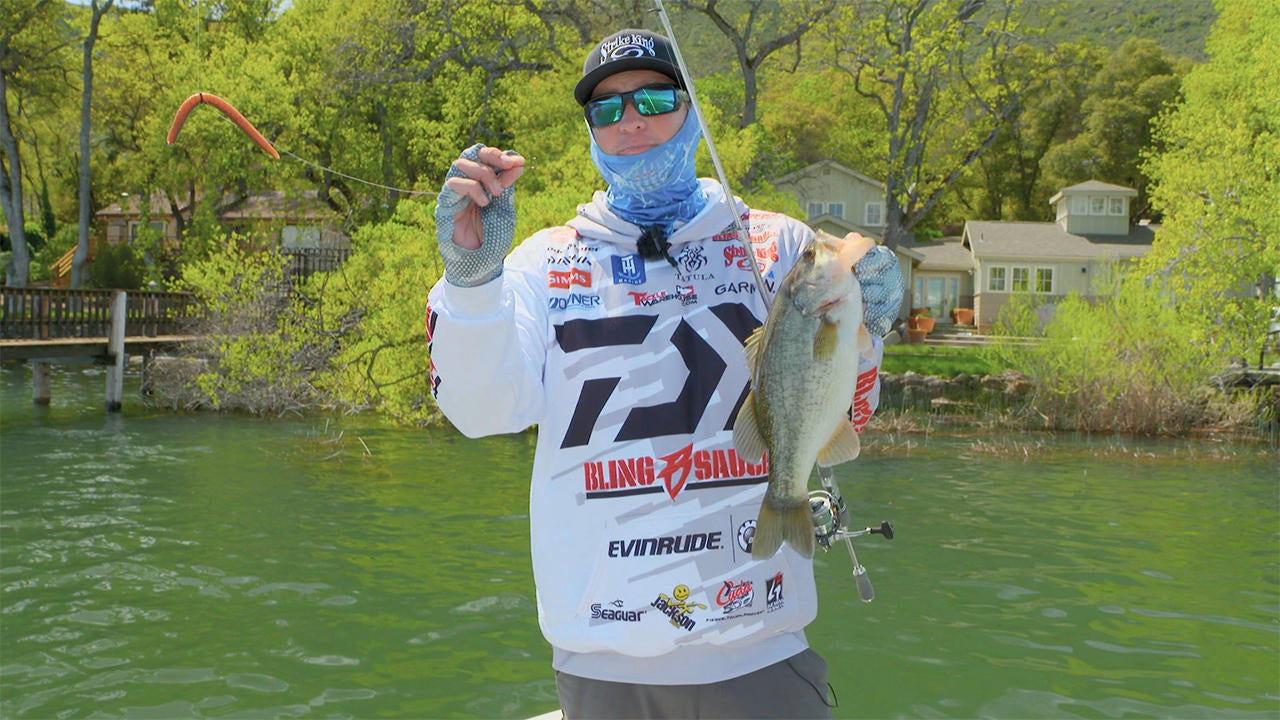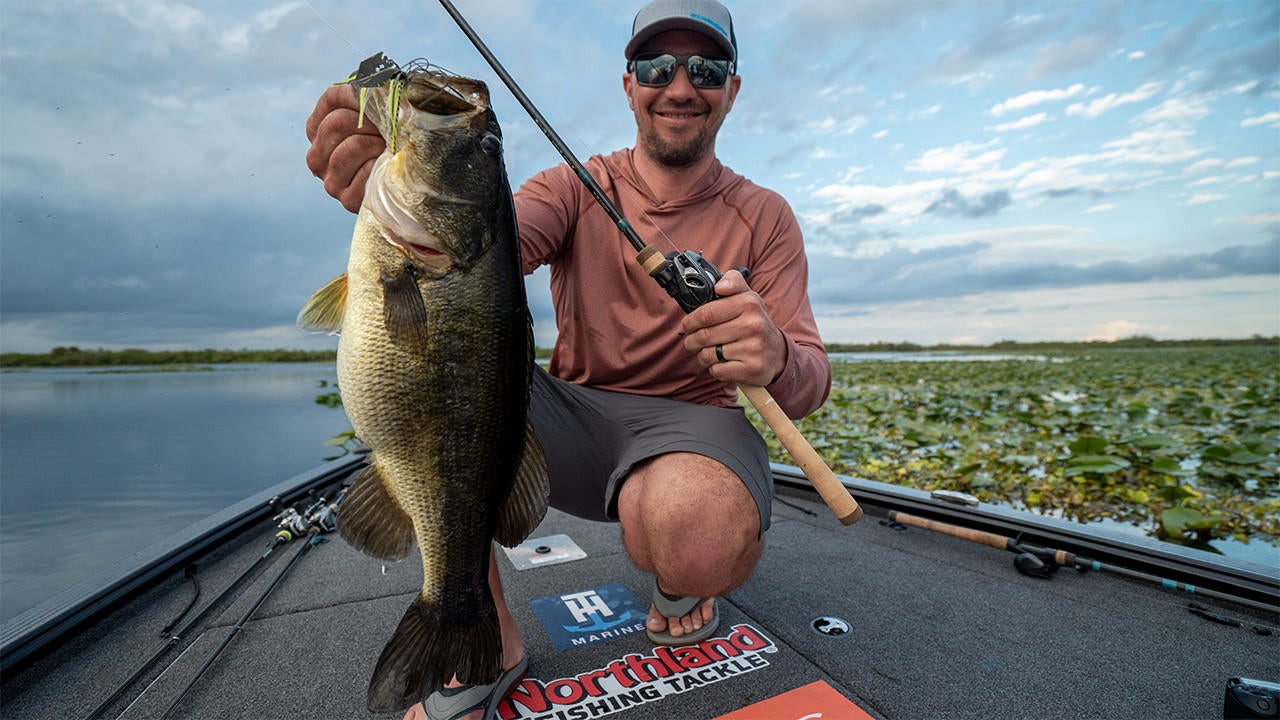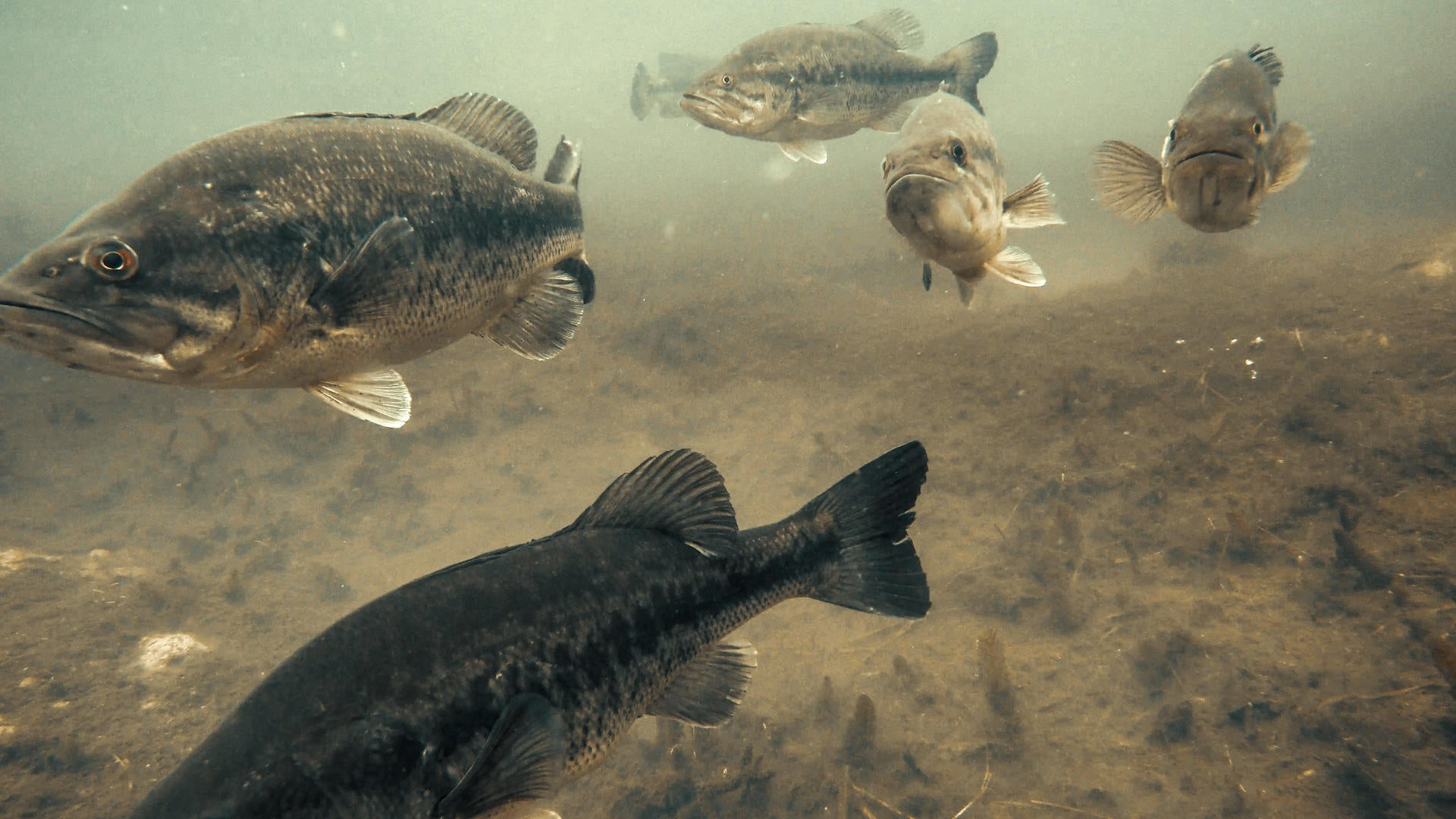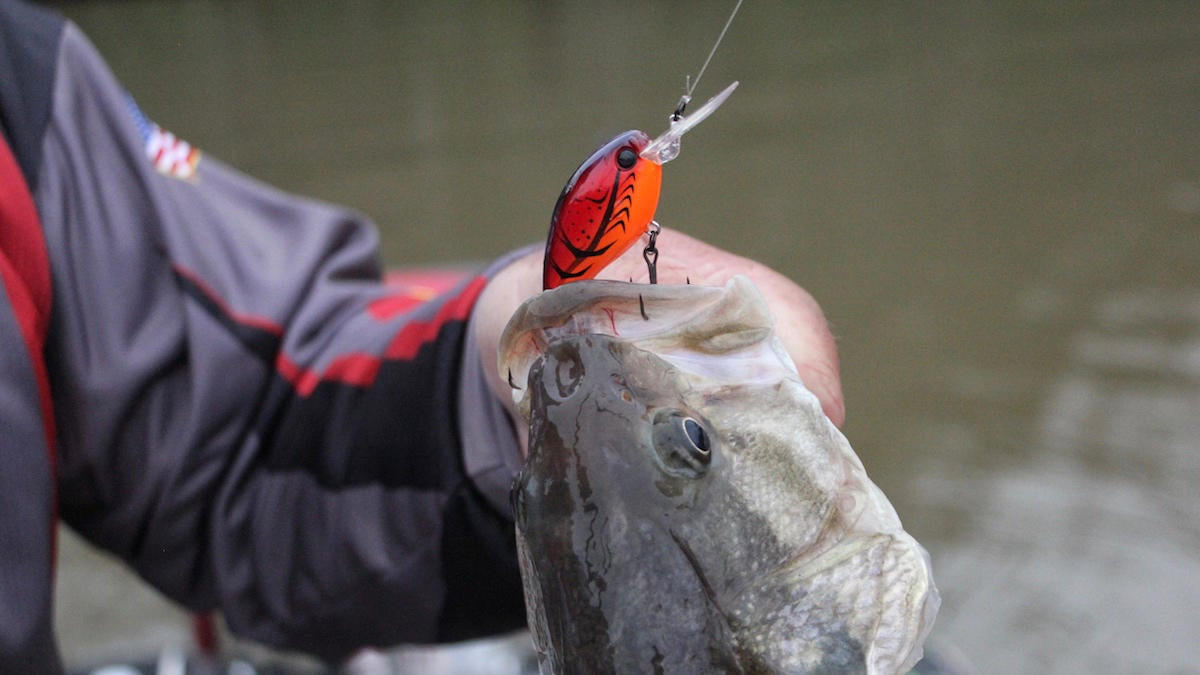A couple years ago, my dad and I were fishing a little local pot tournament on March 2nd here in central Alabama. The nights were still pretty cold, but winter was trying to wrap up and give way to spring. It was a nice sunny day that day and naturally we were bouncing ideas off one another as tournament partners will do.
We both kind of thought ‘buzzbait’ around the same time, though neither of us would have probably picked it up if we hadn’t had the ‘I second that motion’ type of immediate response from the other. Dad was lobbing a spinnerbait around which we both felt good about too so I put down whatever it was I had in my hand and picked up the topwater.
Maybe three casts later I caught one of the biggest fish of our stringer that day, a 5-pounder to compliment the 17 pounds we finished the day with. Though both of us were feeling the buzzbait, we were still both a little surprised to see a fish jump all over it in the 50-degree water.
Flash forward a couple years and while watching MLF coverage of the Bass Pro Tour event on Eufaula, I saw Alton Jones Jr. pick up a buzzbait and commit to it in search of a mega bag back in early February. This was the first time I really asked myself, how cold is too cold to throw a buzzbait and what makes for a good day to throw it in cold water? So I posed these same questions and others to Jones.
“It’s something that I always keep on the deck to keep them honest in the early spring,” said Jones. “It’s really hard to tell when it’s going to work but when it does work, it’s the deal.”
“Typically you’re only going to get a few good bites throwing a buzzbait in cold water. But with that being said, some of the best buzzbait days I’ve ever had were when the water temps were like 54. I think back to Ross Barnett in an Open where I caught around 25 fish on a buzzbait in water temps between 52 and 54.”




